If anyone was still on the fence as to whether Merle Haggard had what it took to become a country music icon, the October 3, 1968, release of his eighth studio album likely put an end to those lingering doubts. The album would come to define his decades-long career, featuring several classics that are now considered his greatest hits. Ironically, the album that would help him achieve the most far-reaching success was largely centered around a time in his life that couldn’t have been more restrictive: his stint in San Quentin Prison. (Yes, the prison where Johnny Cash played for the first time in 1959. Yes, Merle was there.)
Videos by American Songwriter
The majority of Mama Tried is prison songs, including one Haggard watched Cash play while he was in attendance at the San Quentin show, “Folsom Prison Blues”. Other notable additions were Curly Putman’s “Green, Green Grass of Home”, Mel Tillis’ “I Could Have Gone Right”, and Haggard’s own “Mama Tried”. These songs inextricably linked themselves to Haggard’s musical legacy not just as a country music icon but an outlaw as well. For all of the grief, stress, and financial woes Haggard’s long relationship with the penal system brought him, it also imbued a sense of authenticity in his music that was irresistible to his audience.
Haggard’s eighth album peaked at No. 4 on the Billboard Country Albums chart. It was yet another album to add to his ever-growing list of Top 10 hits that Haggard enjoyed during the 1960s, including his debut, Just Between the Two of Us, Swinging Doors and the Bottle Let Me Down, I’m a Lonesome Fugitive, Branded Man, Sing Me Back Home, and The Legend of Bonnie & Clyde.
The Two Women Who Helped Shape This Iconic Merle Haggard Album
Merle Haggard was already a well-established country artist by the time he released Mama Tried. After all, eight albums (seven of which were on Capitol) is certainly nothing to sneeze at, even during a prolific period of music production like the 1960s. Still, Mama Tried proves to be one of the most enduring records in Haggard’s catalogue, thanks in no small part to the album’s title track, which won the Grammy Hall of Fame Award decades after its release, in 1999. More recently, in 2016, the National Recording Registry officially preserved the song for its cultural significance. The album embodies a particularly high moment in Haggard’s career, which he achieved in part due to the support of his long-time collaborator and then-wife, Bonnie Owens.
A particularly fascinating aspect of Haggard’s album, Mama Tried, is that it includes a song which Dolly Parton wrote but had not yet recorded. According to the liner notes of Haggard’s 1996 compilation album Down Every Road: 1962-1994, Owens was the first person to hear Parton’s song, “In the Good Old Days (When Times Were Bad)”. Owens and Haggard were on tour with Parton and Porter Wagoner, and the women would share songs with one another as the men played poker. Owens encouraged Haggard to put the song on Mama Tried. Dolly Parton released her version of the track shortly after Mama Tried came out, on October 14. She would release an entire album of the same name in the following February.
In 1969, Rolling Stone wrote that Haggard was “one of the most interesting voices in modern country music.” The album review concluded, “Get it? Merle Haggard looks the part and sounds the part because he is the part. He’s great.”
Photo by Michael Ochs Archives/Getty Images


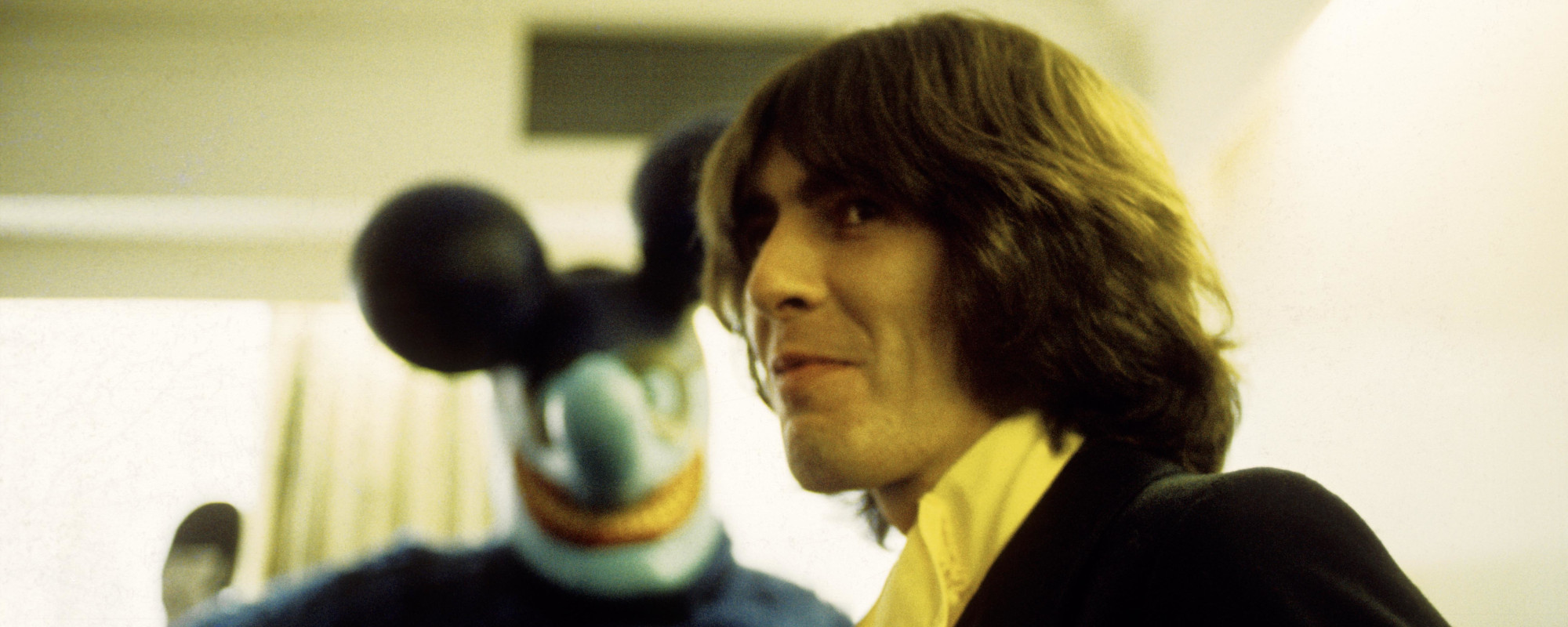

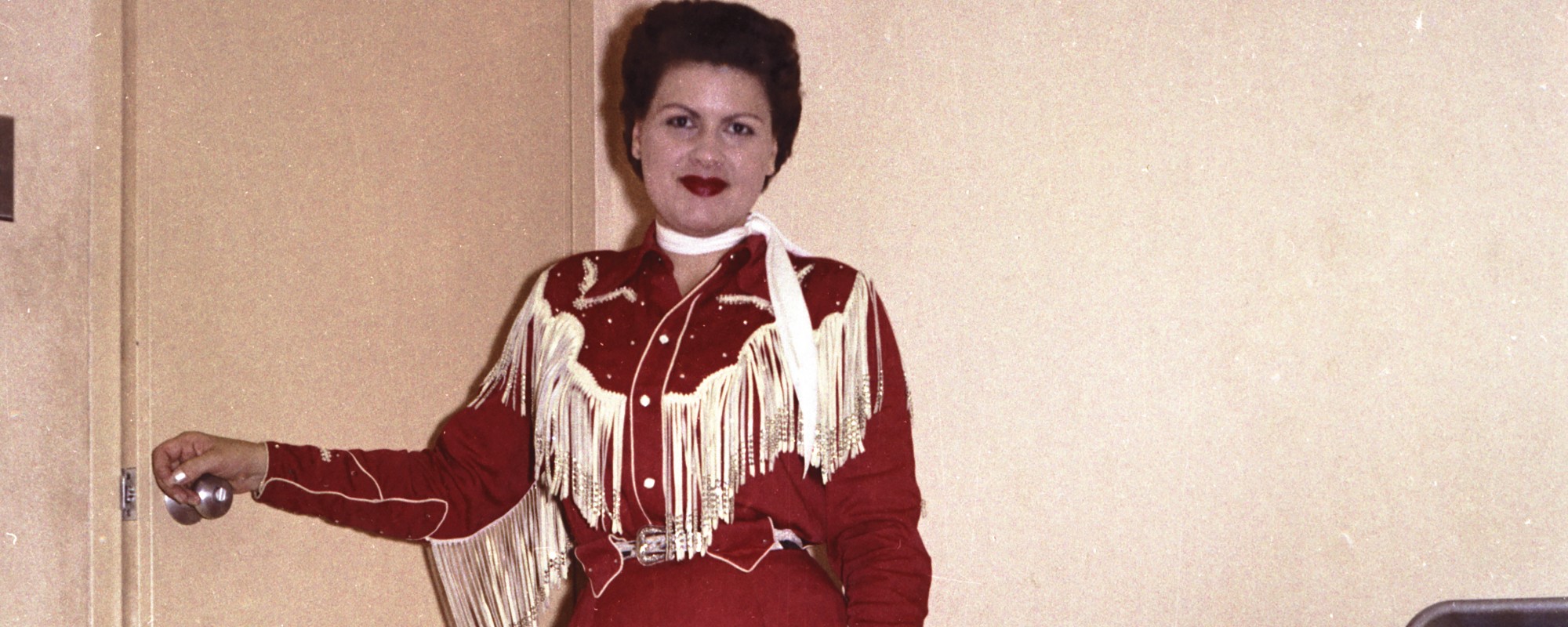
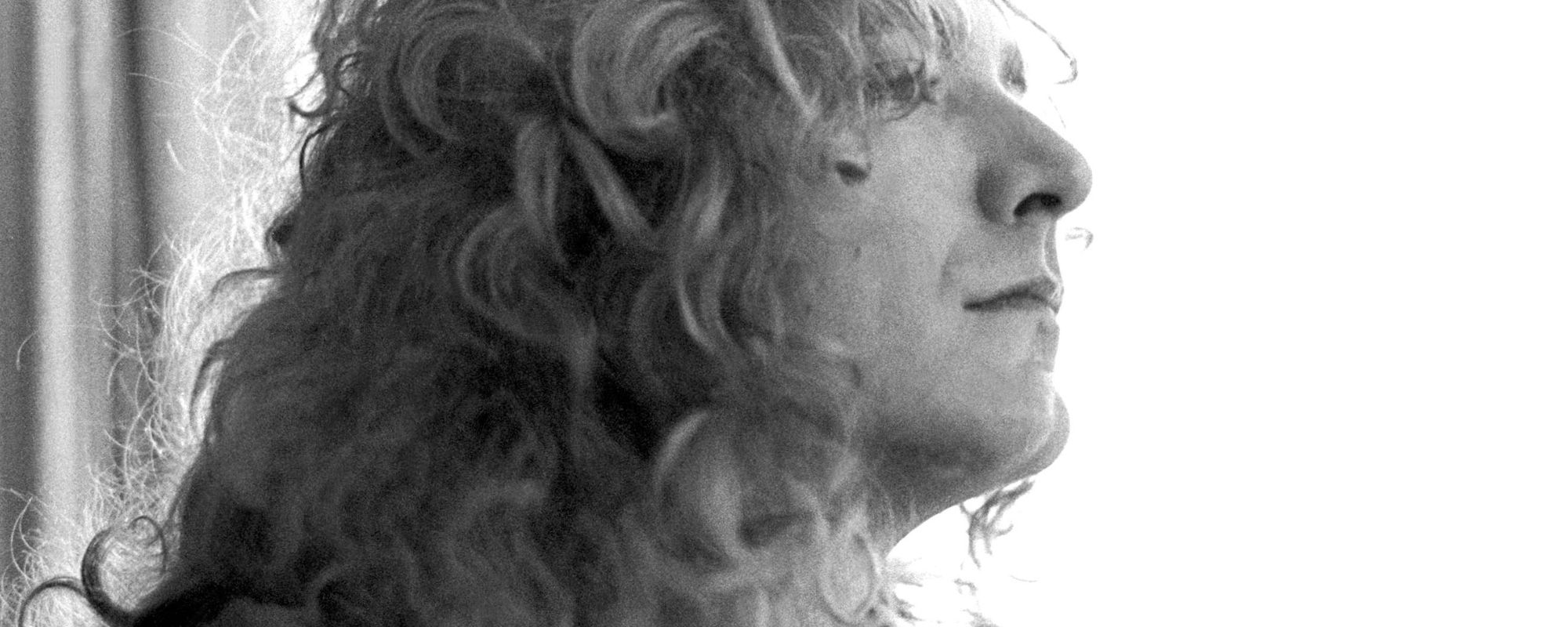
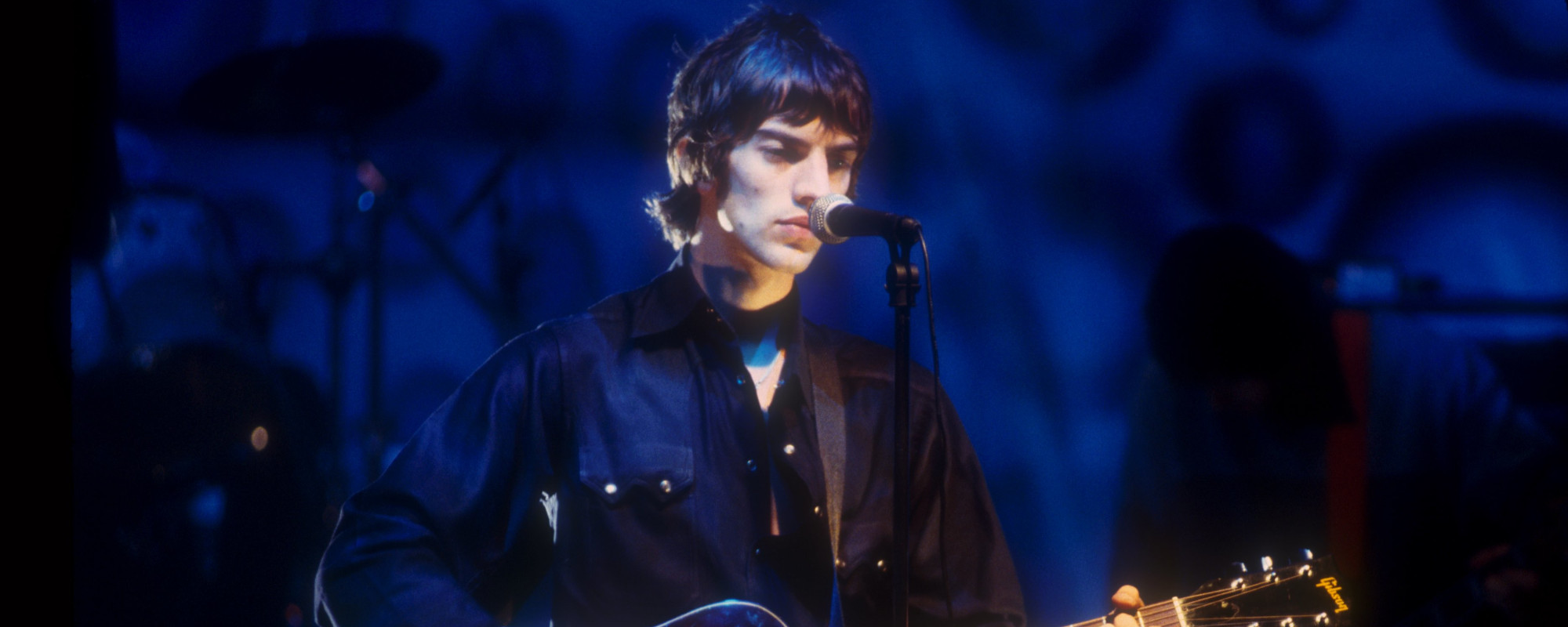

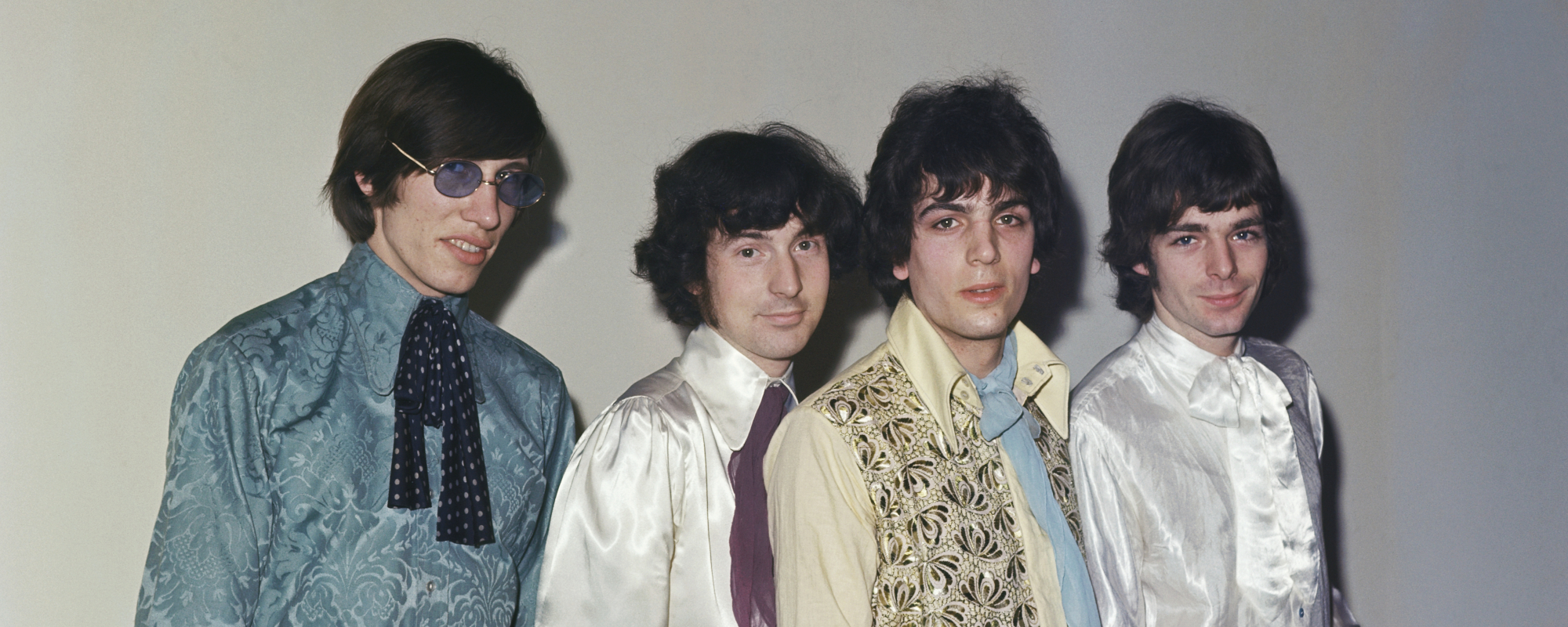

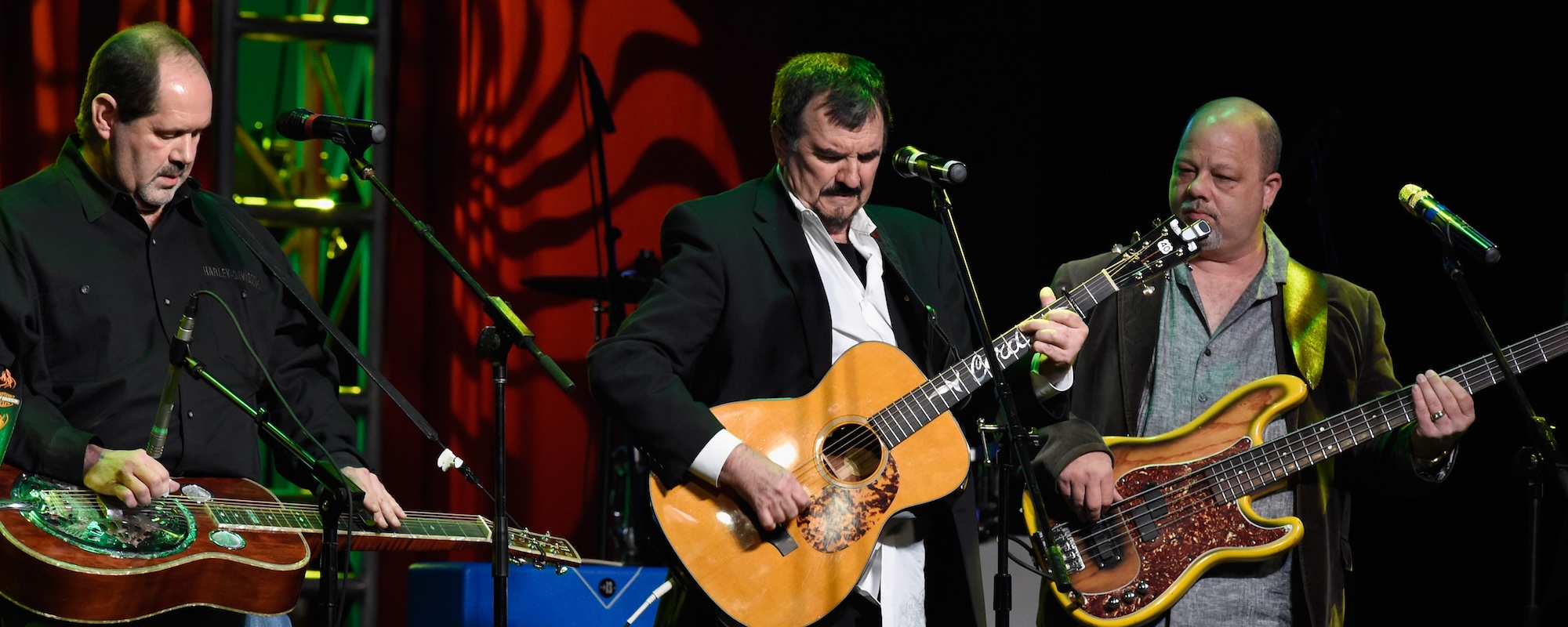

Leave a Reply
Only members can comment. Become a member. Already a member? Log in.